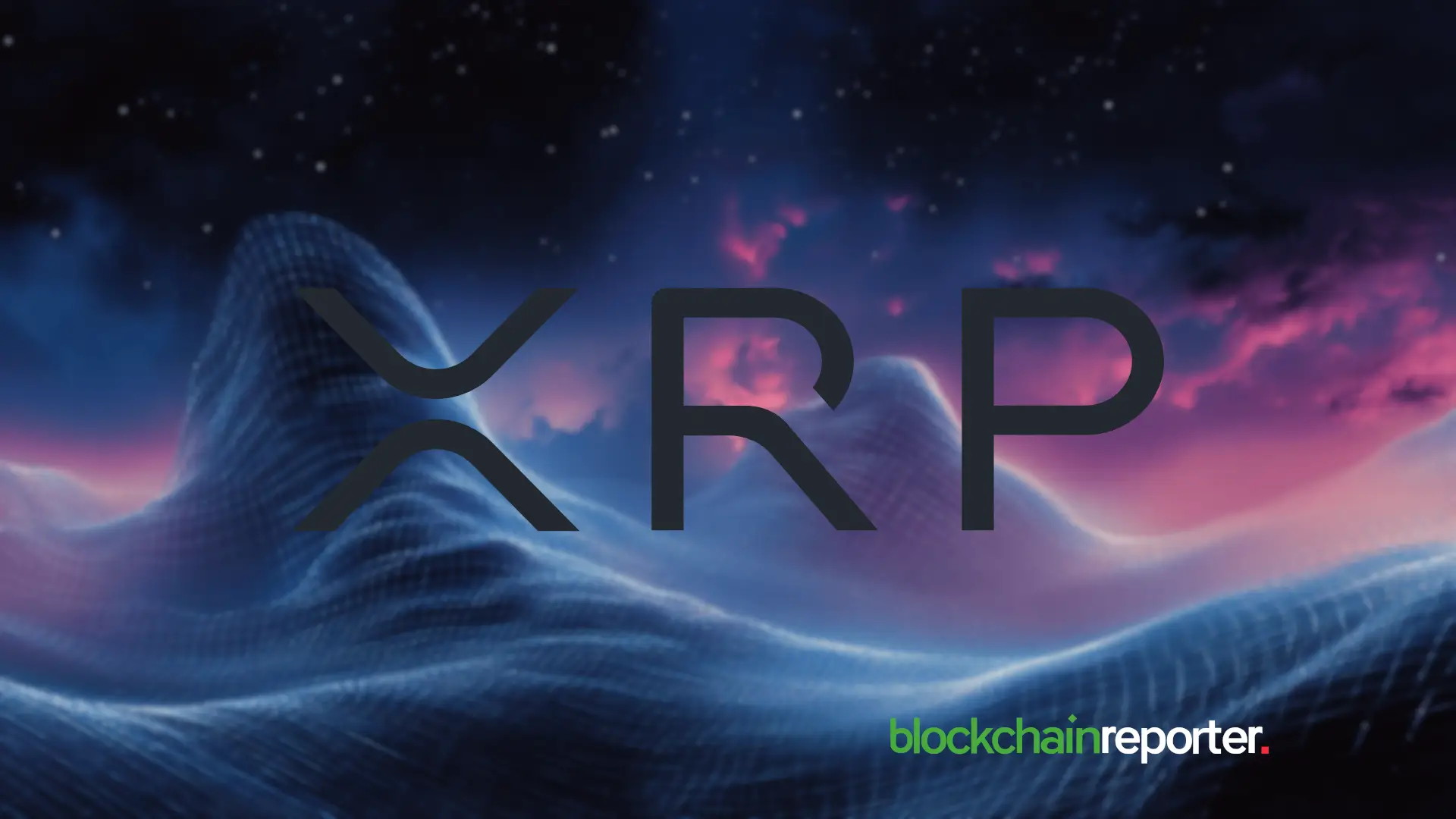USDC Stablecoin Officially Launches on XRP Ledger, Now Supported on 22 Blockchains
0
0

- USDC is now natively supported on the XRP Ledger, enabling direct stablecoin access.
- Circle Mint and APIs allow seamless USDC integration across payments and DeFi on XRPL.
- XRPL’s low-cost, high-speed network supports real-time USDC settlements and liquidity tools.
The XRP Ledger (XRPL) has become the latest blockchain to support native issuance of USDC, Circle’s regulated dollar-backed stablecoin. The integration, which went live on the XRPL mainnet, enables institutions, developers, and end users to access USDC directly on the network without relying on bridges or intermediaries. With this development, USDC is now natively available on 22 separate blockchains.
The rollout includes compatibility with Circle Mint and Circle APIs, offering on-chain access to USDC liquidity through XRPL’s decentralized infrastructure. The move is intended to support use cases spanning enterprise payments, decentralized finance, trading, and application development.
The addition of USDC to XRPL allows broader access to one of the most widely used regulated stablecoins. Circle has provided a dedicated mainnet address for the token—5553444300000000000000000000000000000000.rGm7WCVp9gb4jZHWTEtGUr4dd74z2XuWhE—and a testnet version at 5553444300000000000000000000000000000000.rHuGNhqTG32mfmAvWA8hUyWRLV3tCSwKQt. Both are accessible for wallets, custodians, exchanges, and developers integrating with the network.
The token, identified by its name and symbol “USDC,” can now be utilized for direct transfers, application-layer smart contract interactions, and liquidity provisioning activities on XRPL. Developers can access these functions through Circle’s API infrastructure, which facilitates interaction with USDC across different systems.
Applications in Cross-Border Payments and Financial Infrastructure
By supporting USDC, XRPL enables real-time, cross-border money movement between enterprises and institutions. Use cases include streamlining B2B payment operations and reducing capital inefficiencies in global remittance channels. Financial applications, such as wallets and custody services, can also offer USDC-based settlement services for end-users, taking advantage of XRPL’s low transaction costs and settlement speeds.
The stablecoin can further support automated onramps and offramps between fiat and digital assets, expanding access to dollar-backed liquidity in both consumer and institutional markets. Circle stated that low-fee access to USDC on XRPL may reduce friction in onboarding for fintech platforms and DeFi applications.
USDC to Support DeFi Trading and Token Liquidity
With XRPL’s tokenization capabilities, market makers and decentralized platforms can use USDC to bootstrap liquidity for trading pairs and foreign exchange flows. Developers building DeFi applications can integrate USDC into trading protocols, lending platforms, or automated market makers. These integrations provide access to stablecoin liquidity without requiring synthetic assets or bridge-based wrappers.
Launched in 2012, XRPL is a Layer 1 blockchain protocol built for token transfers, asset issuance, and decentralized value exchange. Since its inception, over 3.3 billion transactions have been processed on the network. It is supported by an ecosystem of validators, developers, and organizations, including the XRPL Foundation, XRPL Labs, XRPL Commons, and Ripple.
0
0
 Manage all your crypto, NFT and DeFi from one place
Manage all your crypto, NFT and DeFi from one placeSecurely connect the portfolio you’re using to start.

 Enterprise B2B payments: Use USDC for global money movement and improve capital…
Enterprise B2B payments: Use USDC for global money movement and improve capital… 




